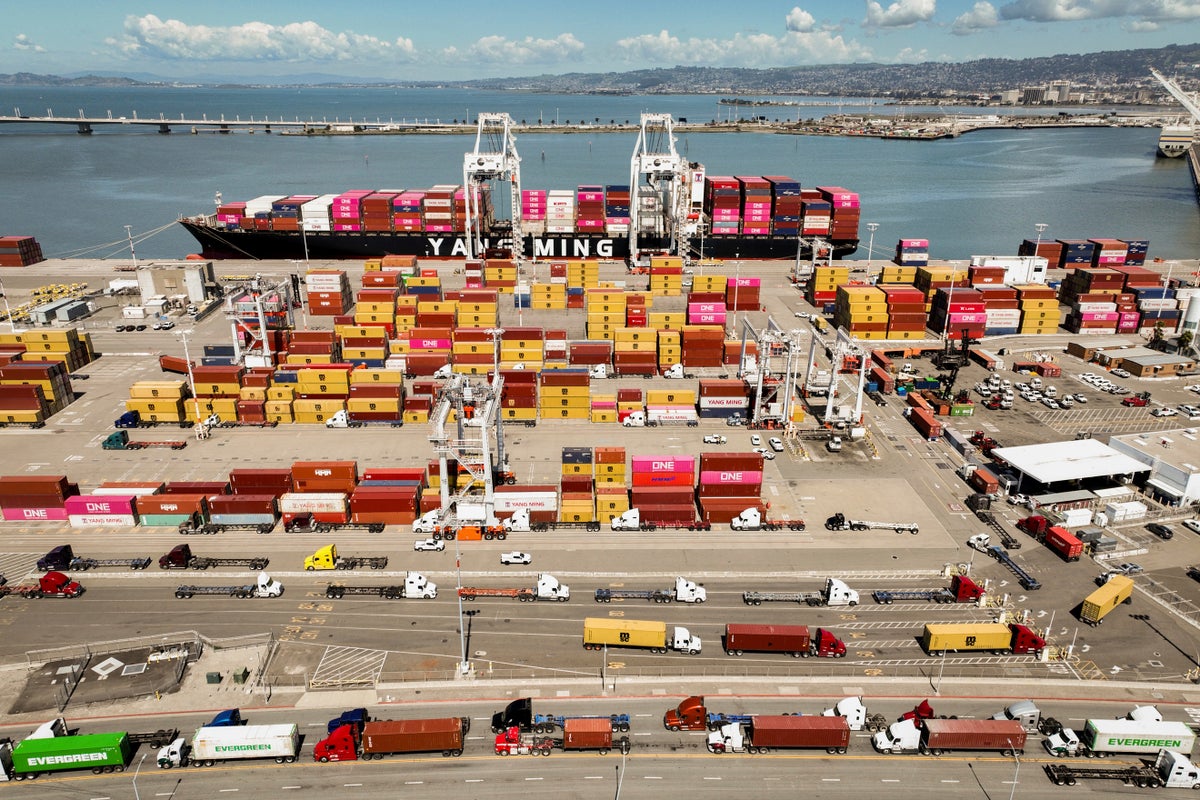US President Donald Trump has launched a global trade war, erecting a protectionist barrier around the world’s largest economy, roiling markets and heightening fears of inflation and recession. It is unprecedented since the second world war. China, facing import tariffs of a further 34 per cent, has condemned them and vowed a resolute response.
Asia is taking the biggest hit from universal tariffs plus reciprocal levies, including US allies such as South Korea, Japan and Taiwan, raising questions about Trump’s real purpose. They come amid rising US national debt and the continuing decline of its manufacturing. Reversing such trends is seen in some elite quarters as paramount.

Against that, America still holds three powerful cards – the largest consumer market, US dollar hegemony, and science and technological leadership. All this has given Trump confidence to build his aggressive global tariff wall. The ultimate aim is to force a reset of the global supply chain and restore manufacturing jobs, giving US business an advantage.
Equity in treatment of trading partners does not figure in Trump’s calculations. For example, Asean financial centre Singapore faces a universal tariff of 10 per cent, while developing nations Bangladesh and Laos face those of 37 per cent and 48 per cent respectively, which does nothing for their transition to diversified economies..
Politics

China’s tactics may yet spell opportunity for Hong Kong in US trade war

Universal levies from Donald Trump add to global uncertainty and call for a resolute response, but by taking a longer view Beijing could open doors.















